People in the Shenandoah Valley celebrated the holidays in ways that have long since disappeared. Discover a once popular Valley holiday tradition that involved mystery, surprise, and a whole lot of fun: “Belsnickeling.”
By Curator of Collections Nick Powers
For many, December’s arrival means that there are only a few short weeks left to shop before Christmas. But before the long lines and the quest to find the perfect present became the norm, people in the Shenandoah Valley celebrated the holidays in ways that have long since disappeared. To round out this year’s blog posts, I’d like to revisit a once popular Valley holiday tradition that involved mystery, surprise, and a whole lot of fun: “Belsnickeling.”
No, my spell check isn’t broken. The term “Belsnickeling” comes from Belsnickel, a companion figure to Santa Claus in German folklore. Think of Belsnickel as the stern equivalent to the jolly Saint Nick. Belsnickel traditionally dressed in furs (or sometimes rags, depending on the area) and carried a switch (a small wooden whip). Unlike Santa Claus—who children never saw—Belsnickel made his presence known when he rapped on the windows and/or doors of German homes a couple of weeks before Christmas.
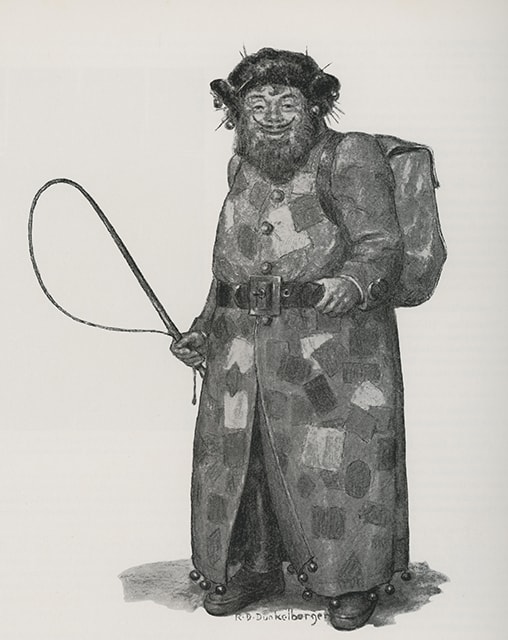
Fig 1. Belsnickel as depicted by artist Ralph D. Dunkelberger in Alfred L. Shoemaker, Christmas in Pennsylvania: A Folk-Cultural Study (Kutztown, PA: Pennsylvania Folklore Society, 1959), 75.
After being admitted into a house by its curious children, Belsnickel either handed out treats like cakes, candies, fruits, and nuts, or distributed smacks with the switch he carried. The choice depended on the children’s behavior throughout the year. Unlucky children might also receive a flick of the switch on their hands if they dived too quickly or greedily for the treats Belsnickel spread onto the floor.[i]
German immigrants carried belsnickeling traditions to America, where they eventually filtered down to the Shenandoah Valley from Pennsylvania. Belsnickeling was particularly popular in places like Shenandoah, Page, and Rockingham Counties, where the German population in the Valley was greatest. Unlike with the stern figure in German folklore, though, belsnickeling took on a more playful attitude in the United States.
Twentieth century Valley belsnickelers made their appearance anytime between the week before Christmas and the New Year. Groups of friends dressed in costumes made of old or ragged clothes and wore homemade or store-bought masks, anything to make themselves unrecognizable. Some even stuffed their costumes to make them appear larger than their actual size.[ii]
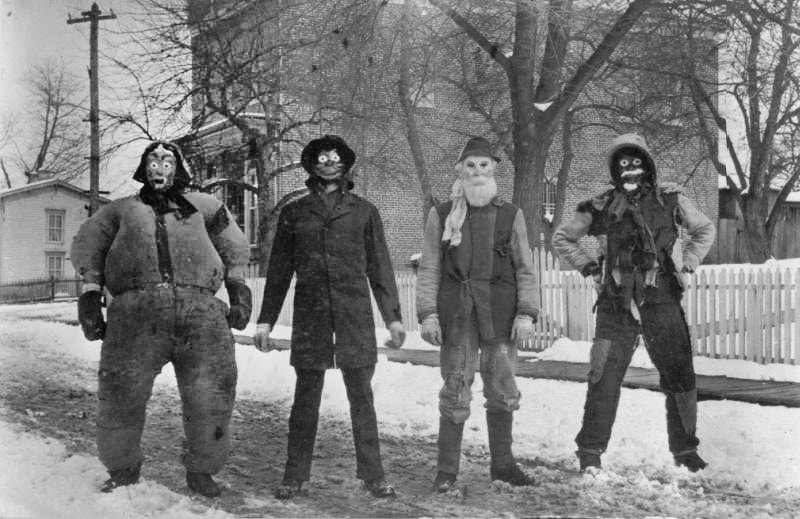
Fig 2. Unidentified belsnickelers in the streets of Singers Glen, Rockingham County, VA, about 1910. Collection of the Harrisonburg-Rockingham Historical Society, Dayton, Virginia.
Once properly outfitted, Valley belsnickelers called at houses in their neighborhood. After arriving at a neighbor’s house, the home owner would try and guess each individual’s identity underneath the mask. A correct answer meant the belsnickeler had to remove his or her mask. Since belsnickelers often travelled with their friends, a correct guess often provided a good clue as to whom the others in the troupe might be!
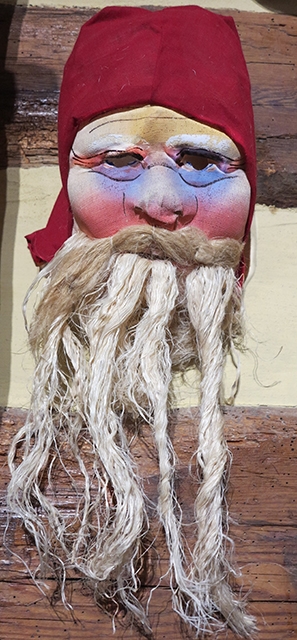
Fig 3. “Santa Claus” Belsnickel mask used in the Shenandoah Valley, early 1900s. Probably burlap and paint. Collection of the Luray Valley Museum, Luray Caverns. Photo by Nick Powers.
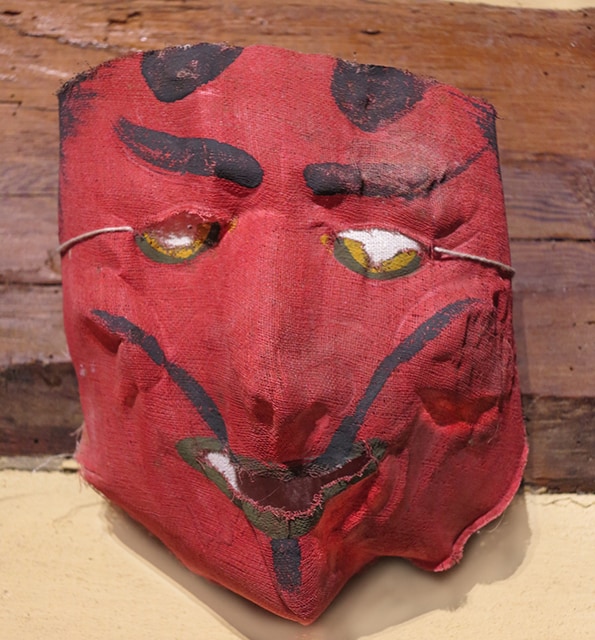
Fig 4. “Devil” Belsnickel mask used in the Shenandoah Valley, early 1900s. Probably burlap and paint. Collection of the Luray Valley Museum, Luray Caverns. Photo by Nick Powers.
If the neighbor guessed incorrectly, the individual belsnickeler kept the mask on until the entire group went inside the house for refreshments. Home owners might offer the visitors candies or cakes (especially if they had failed to correctly identify the revelers), or maybe even a bit of moonshine or whiskey. The belsnickelers then moved on to the next home in the neighborhood to repeat the game. Belsnickeling was fun for many, but not everyone in the Valley approved. Some conservative religious groups like Mennonites and Brethren frowned upon the tradition because of its supposed pagan roots.[iii]
Why am I so interested in this topic? Members of my own family participated in belsnickeling at the height of its popularity in the Valley. One example was my paternal grandfather Dr. Tunstall Chenault Powers—or “T. C.” as we called him—who grew up at the Chrisman Springs farm between Stephens City and Middletown in the 1920s.
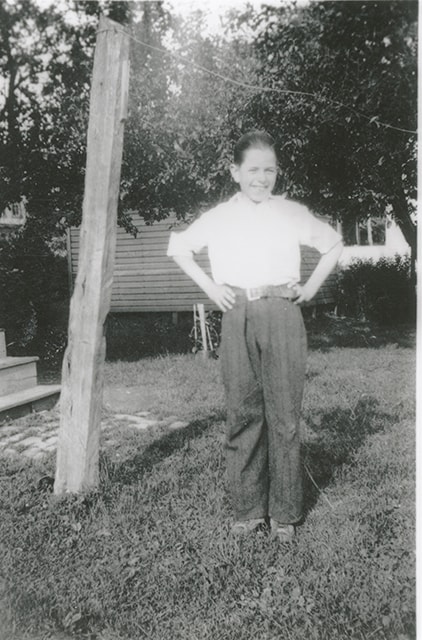
Fig 5. Photograph of Dr. Tunstall Chenault “T. C.” Powers (1916-2000) around the time of his “belsnickeling” days. Courtesy of the Powers family.
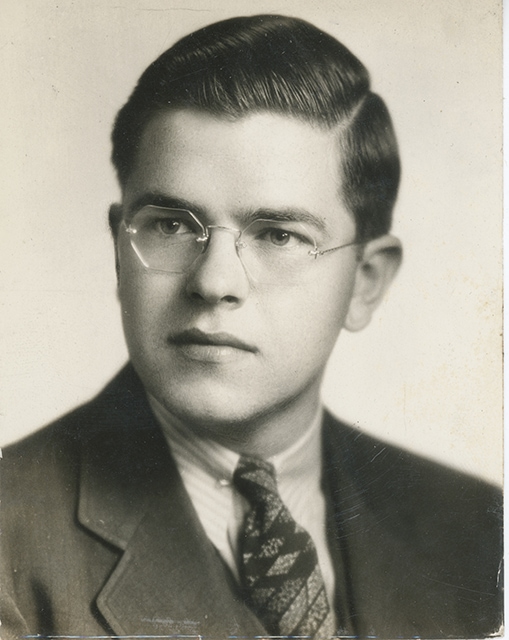
Fig 6. Dr. Tunstall Chenault “T. C.” Powers (1916-2000) later in life. Courtesy of the Powers family.
As a young man, T. C. dressed in belsnickeling attire on a couple of occasions to visit his German Kline relatives living nearby. The Kline home—which my family always called the “Trumpet Vine House”—sat across Route 11 from Chrisman Springs off today’s Jones Road. Artist John Chumley (1928-1984) later purchased the house and made part of it his studio.
Fig 7. Trumpet Vine by John Chumley (American, 1928-1984), probably 1970s. Watercolor on paper. Courtesy Kathy Chumley. This painting depicts the “Trumpet Vine House” as artist John Chumley knew it.
Unfortunately, T. C.’s very distinctive gait always gave him away as he made the trudge up the hill to the old Kline farmhouse. The Klines frequently returned the favor, belsnickeling their Stickley-Powers cousins across Route 11 at Chrisman Springs. No matter who was belsnickeling whom, the cousins on both sides sat down together afterwards for food, drinks, and a visit.
Belsnickeling began to fall out of fashion after the Great Depression, but it continued in some smaller Valley communities up to the early 1960s. The emphasis on secrecy and surprise, though, still survives in some Valley holiday traditions today. During my first December working at the MSV nearly three years ago, an interesting package worked its way around our administrative offices. When no one could quite figure out the purpose of the package or its contents, it ended up on my desk.
The first thing to strike me as unusual was the envelope itself. There was no return address, just the MSV’s address in large letters. Thirteen stamps including some small one and two-cent values lined up like little soldiers along the top edge of the envelope.
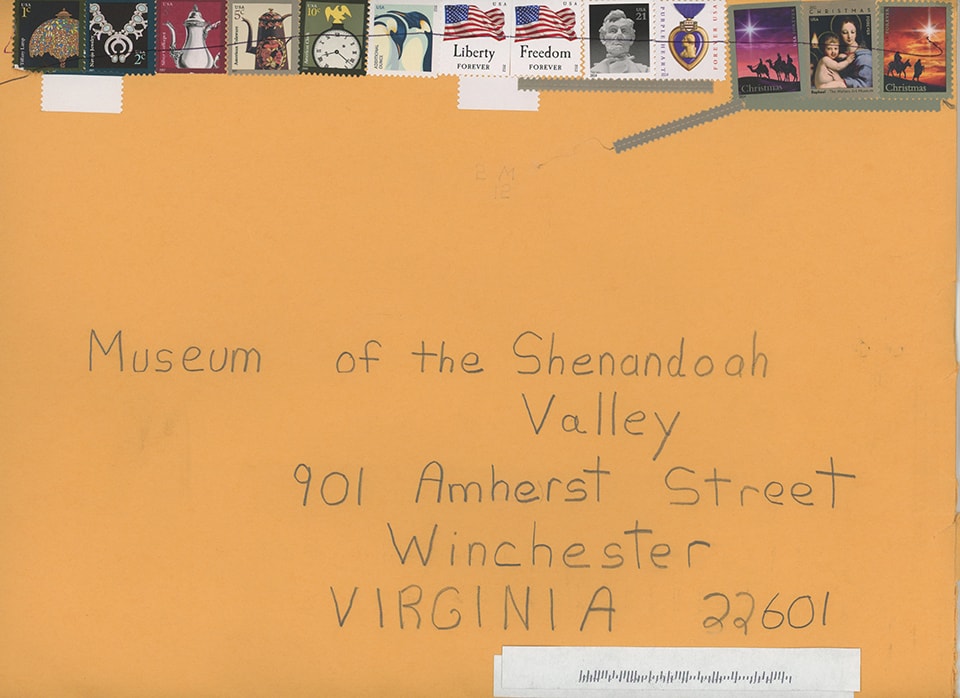
Fig 8. The “mystery envelope” that arrived on my desk in December 2014.
Some of the stamps bore decorative art themes—appropriate for a museum—like silver and toleware coffee pots and even a Tiffany lamp. Others were patriotic or depicted Nativity stories like the Three Wise Men. Only a handful of the stamps were actually needed. The three patriotic stamps in the middle would have more than covered the postage.

Fig 9. Detail of the stamps along the upper edge of the “mystery envelope.”
Inside the envelope were several items. First were two pieces of paper folded over on the long edge and taped to form sleeves. Inside the sleeves were dollar bills of different values. One sleeve held a five-dollar bill and the other held two one-dollar bills and a single two-dollar bill. The bills puzzled me at first, until I read the notes on the sides of each sleeve.
Our mysterious sender wrote the same text on either side of each sleeve. The catch? One side was written in English and the other in Pennsylvania Dutch. The latter is a derivative of the German language developed by Old Order Amish and Old Order Mennonites from southeastern Pennsylvania. It is still spoken there today, and to a much smaller extent is also spoken in small pockets of the Shenandoah Valley.
Both notes related the Presidents pictured on the dollar bills inside the sleeves to their Shenandoah Valley roots. For example, the sleeve containing the five-dollar bill read: “Abraham’s Parents were born here in Virginia and he still has relatives here in the Shenandoah Valley.”
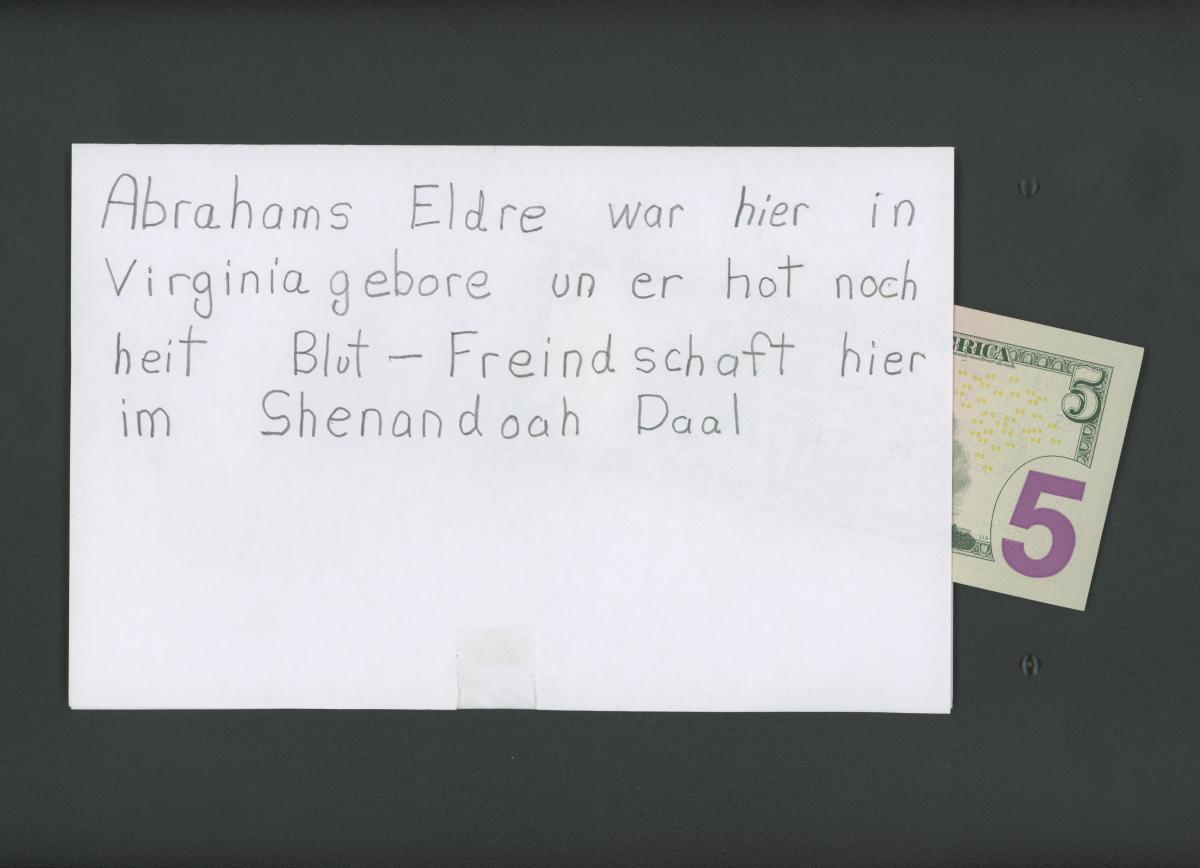
Fig 10. Pennsylvania Dutch side of the Lincoln sleeve.
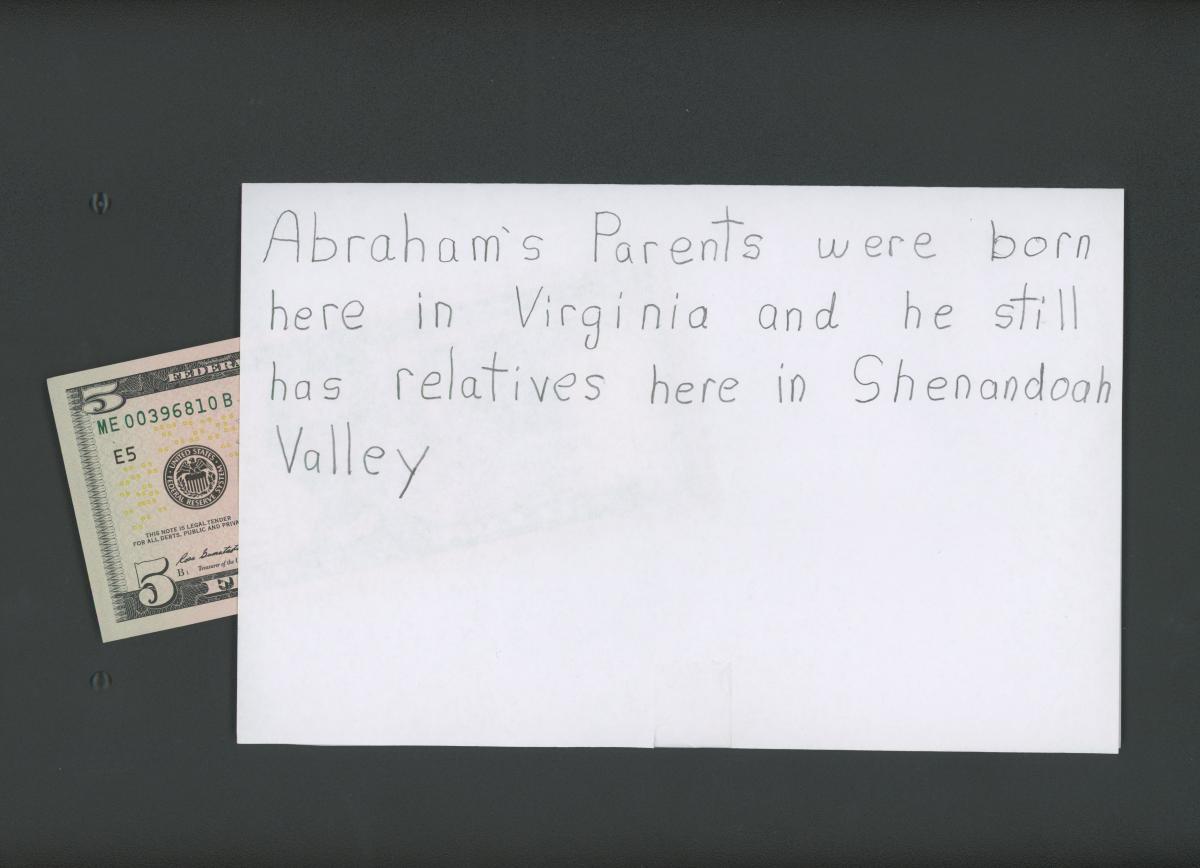
Fig 11. English language side of the Lincoln sleeve.
The note refers to the origins of President Abraham Lincoln. Lincoln’s family settled first in Rockingham County in the central Valley before relocating west to Kentucky, Indiana, and Illinois, states we traditionally think of as his homes.
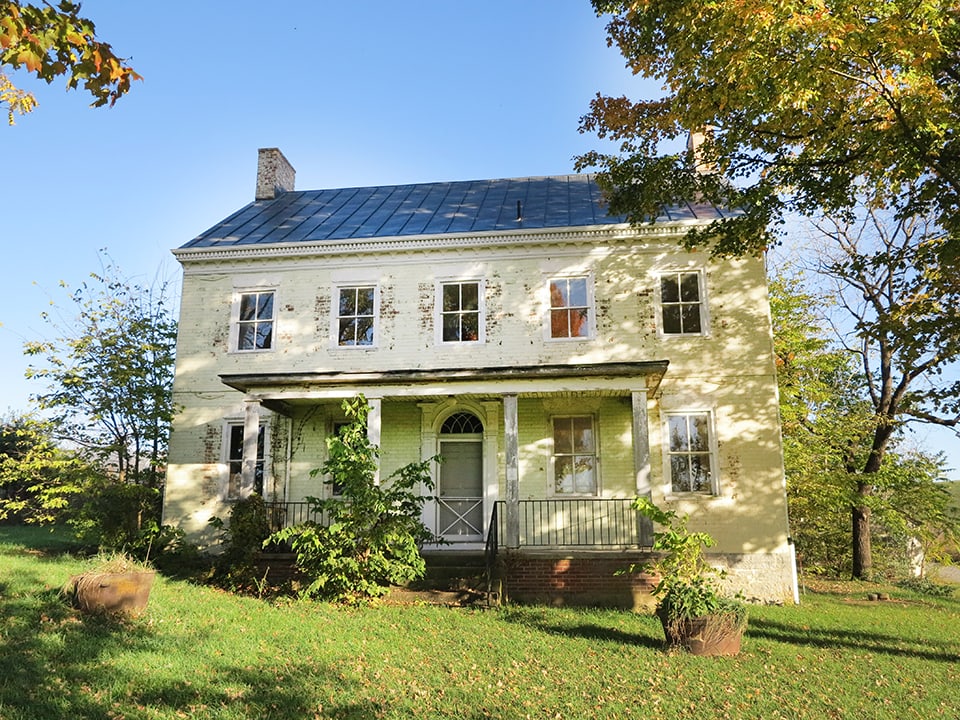
Fig 12. Captain Jacob Lincoln homestead, built about 1800 on Linville Creek in Rockingham County, Virginia. Photo by Nick Powers. The house’s first owner Jacob Lincoln was President Abraham Lincoln’s great-uncle.
The other note references Presidents George Washington and Thomas Jefferson. It reads: “Sons of Virginia Founding Fathers of USA George and Tom were well known in The Shenandoah Valley and understood what a blessing the Land the Folk of Shenandoah were to Virginia and America.”
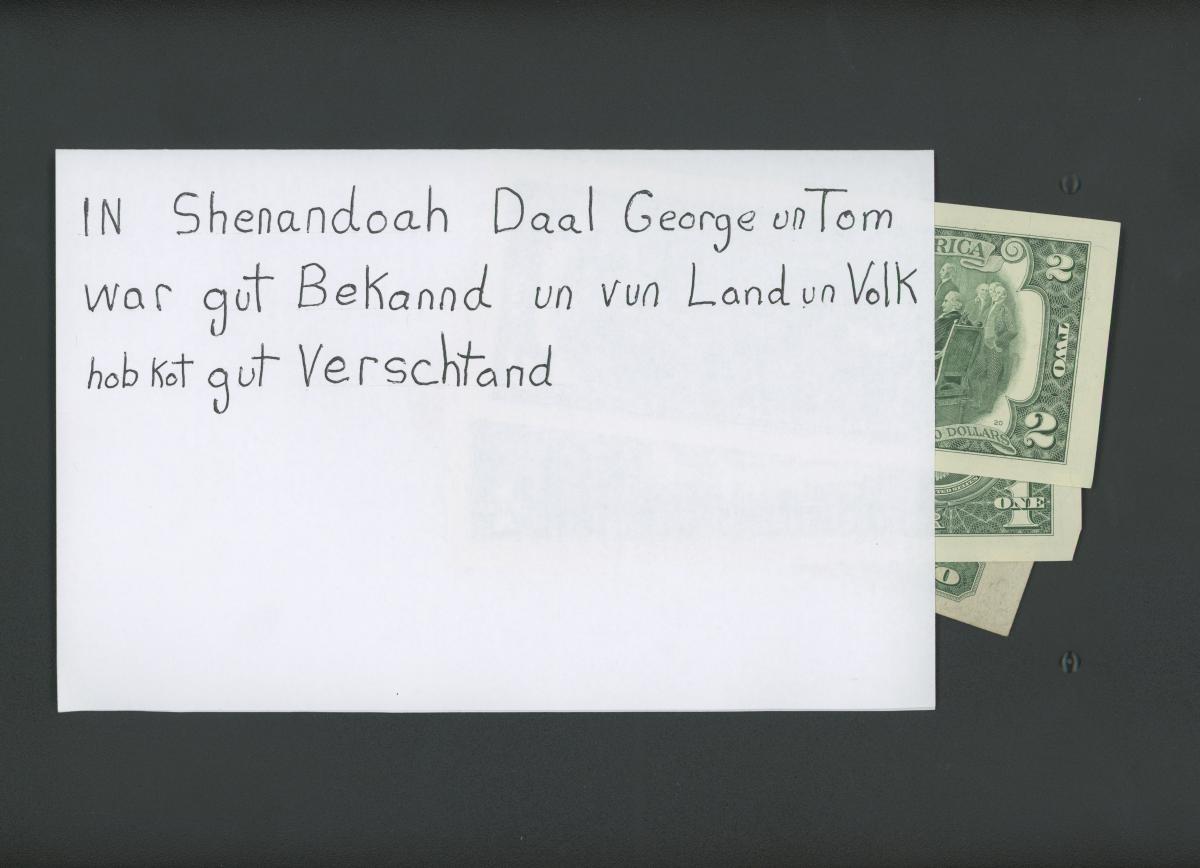
Fig 13. Pennsylvania Dutch side of the Washington/Jefferson sleeve.
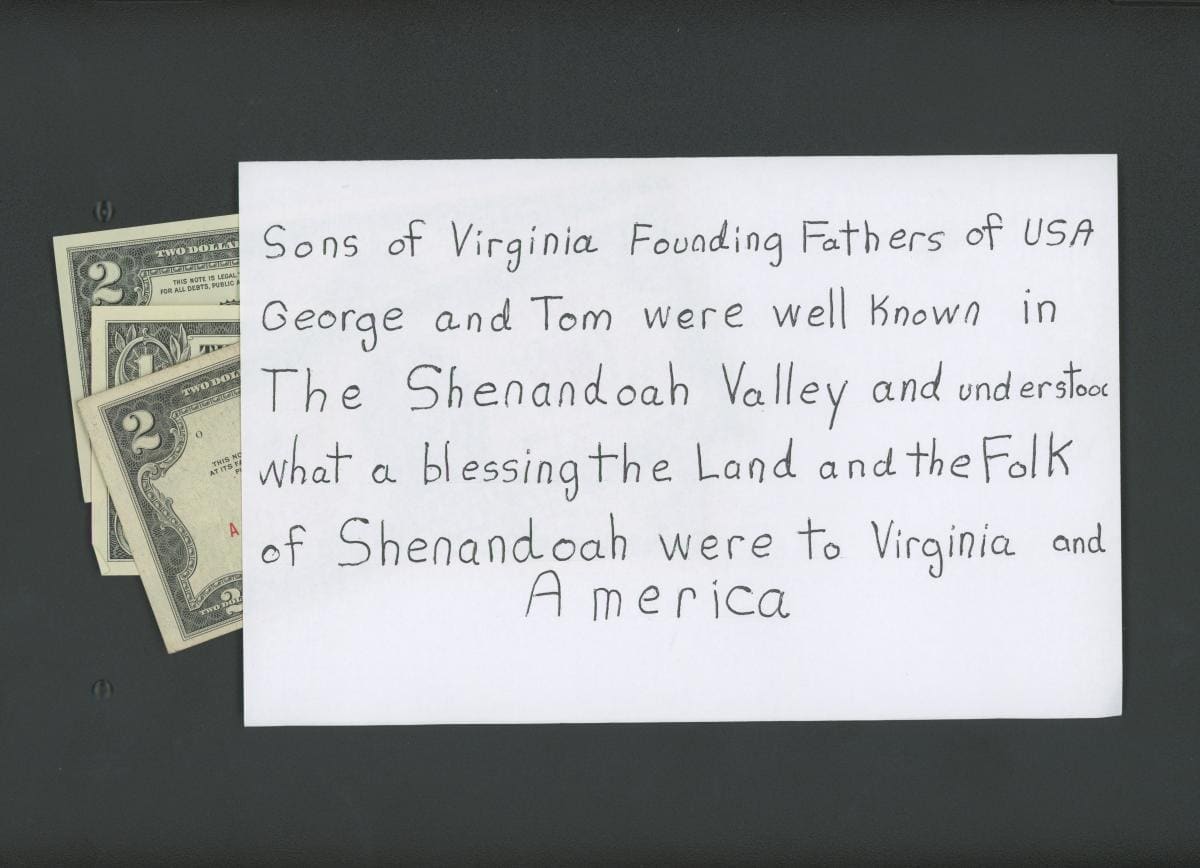
Fig 14. English language side of the Washington/Jefferson sleeve.
Neither Washington nor Jefferson made his permanent home in the Valley, but both men had business interests, friends, family, and political supporters in the region.
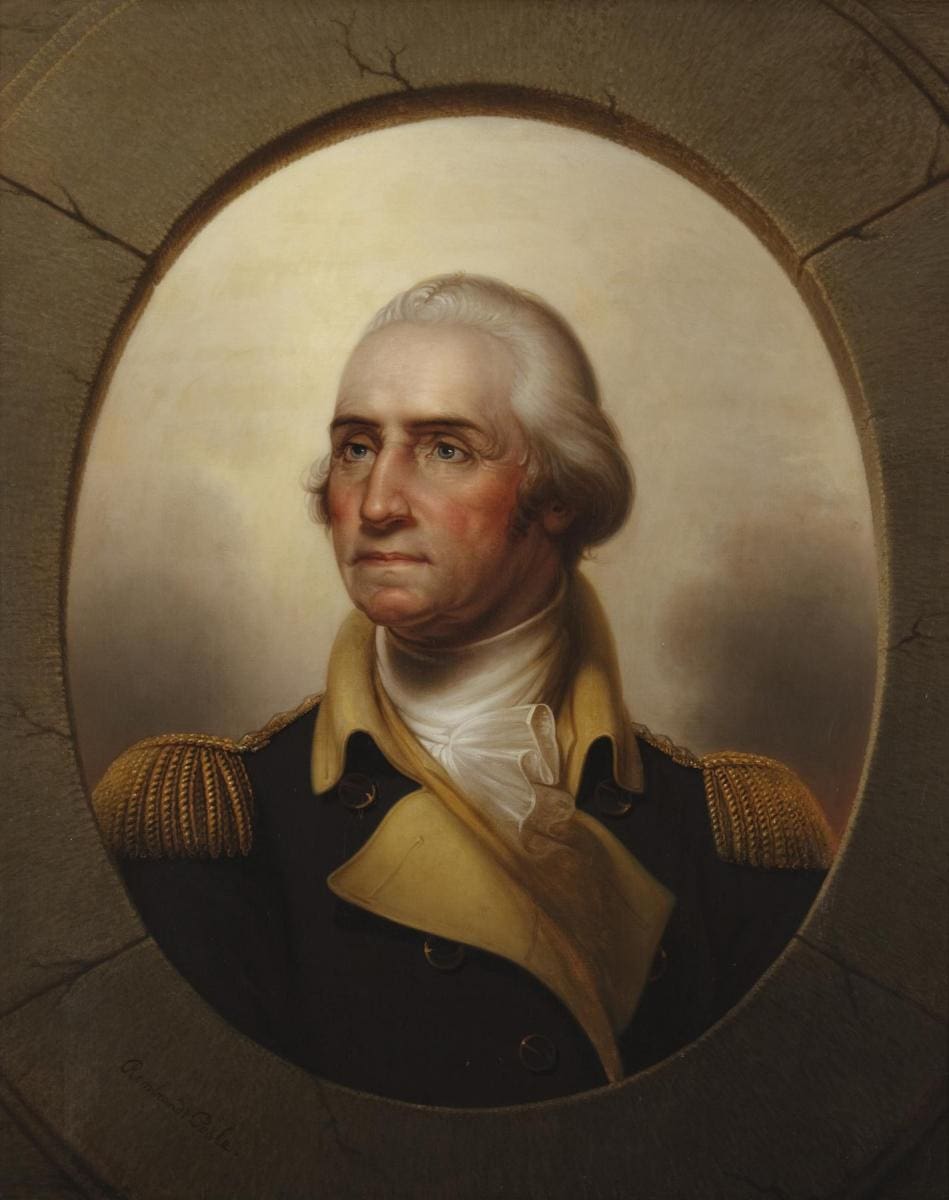
Fig 15. Portrait of George Washington by Rembrandt Peale (American, 1778-1860), 1840s, originally designed 1823. Signed lower left: “Rembrandt Peale.” Oil on canvas. Collection of the Museum of the Shenandoah Valley, Julian Wood Glass Jr. Collection, 1472.
Accompanying the notes were numerous copies of several different handouts written and typed in the Pennsylvania Dutch dialect. Included were everything from poems to traditional hymns to a checklist of “Alt Familye Naamen,” old family names of German heritage in the Shenandoah Valley. In many ways, the “treats” accompanying this anonymous, disguised package made for a modern-day belsnickeling through the mail!
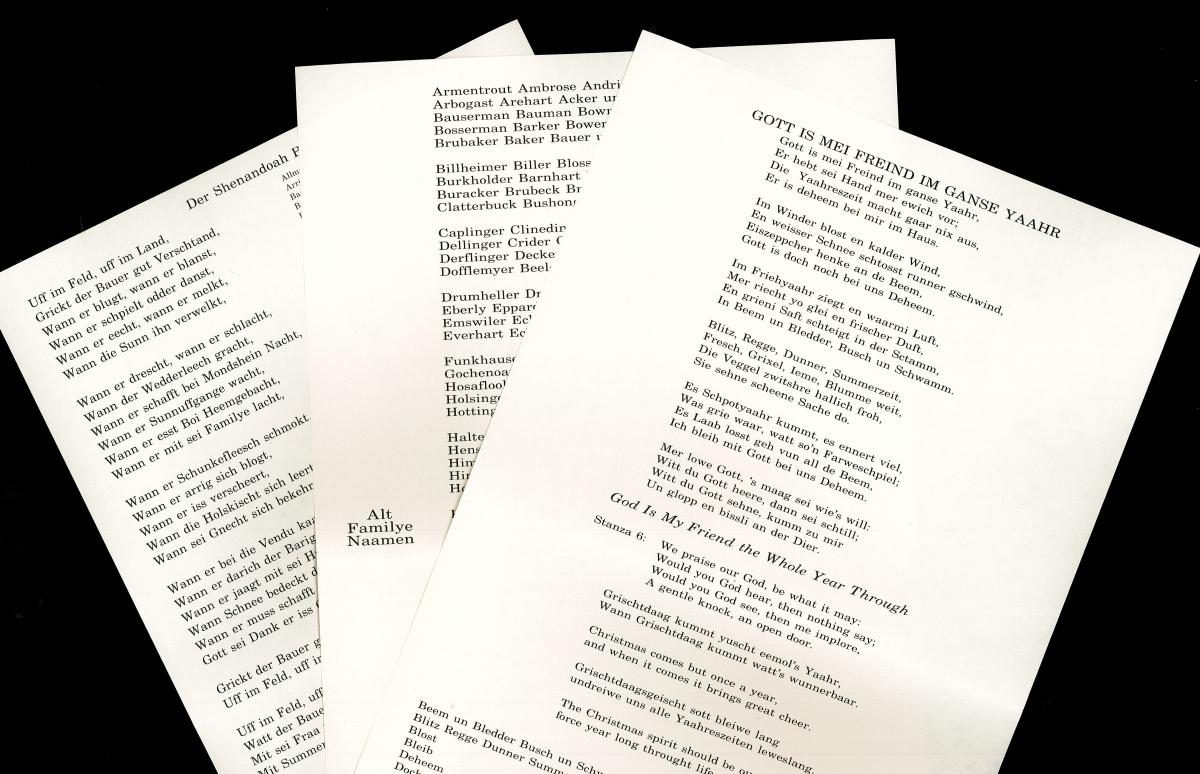
Fig 16. Examples of the Pennsylvania Dutch-themed handouts included in the envelope.
Three years later, I still have no idea who sent the envelope that ended up on my desk. But if our “mystery sender” happens to be reading this post, I want him/her to know that their kind donation went to conserving objects in the Museum Collection. I also still have the envelope and notes at my desk as a reminder of the boundless creativity of the Valley’s people. No matter what your holiday traditions are—old or new—I hope you enjoy them with friends and family this season. Here’s to seeing you in the New Year!